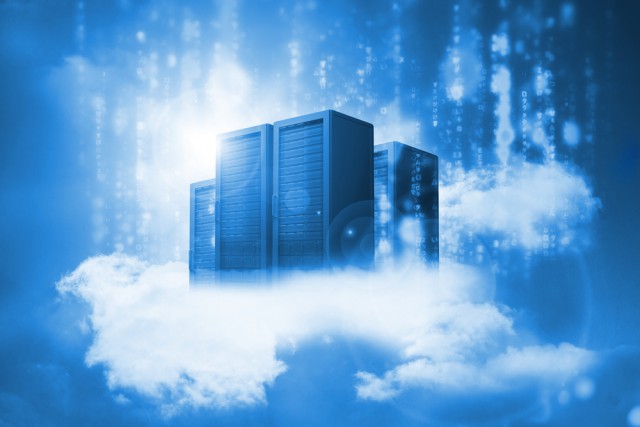The benefits of choosing SaaS over ASP

There has been a lot of discussion in the treasury management software market over the years about which deployment method is the best for clients. The general consensus, both among industry experts and, as evidenced by growth figures put out by analysts such as IDC and Apps Run The World, is that the installed model is on its last legs and SaaS (software as a service) is how the majority of treasury systems will be deployed in the future.
Given this backdrop, it’s not hugely surprising that the treasury vendors themselves are clamoring to talk about how their solutions are SaaS, in order to capitalize on market interest.
That would be all well and good should all of these vendors actually provide SaaS models. But they don’t. There is a significant difference between the more generic "cloud" software and SaaS. All SaaS software is in the cloud, but not all cloud software is SaaS.
What, then, is SaaS? According to Gartner, SaaS is "[...] software that is owned, delivered and managed remotely by one or more providers. The provider delivers software based on one set of common code and data definitions that is consumed in a one-to-many model by all contracted customers at any time".
If your vendor says that they offer a cloud-based solution, but do not specify that it’s SaaS, it probably means that they provide software as an ASP (application service provider), where each organization uses their individual version of the software, delivered via a web. This distinction may seem minor to the end user, but it’s key in many ways.
While the ASP model offers many of the benefits of SaaS, such as ease of end-user deployment, it misses many of the support and innovation benefits that SaaS provides. This may not be noticeable to the customer when they roll out the software, but should issues with the deployment arise, it all becomes very clear.
So, what are some specific examples of a true-SaaS solution that an ASP can’t offer?
Monitoring
Because all clients are on one infrastructure, metrics such as usage, issues and performance can be universally monitored effectively -- we can see if it’s just your problem or if everyone suffers. This can save hours in support troubleshooting.
Software Management
While software upgrades are completely managed by the vendor without the need for any user or IT involvement, it is the immediacy that this can be delivered that distances SaaS from ASP or hosted software solutions.
Every customer can be upgraded simultaneously which means that if there is a problem connecting to a bank, a report that needs updating, or if an urgent operating system update is required, this can be done now for everyone, rather than individual efforts for each customer or for small groups of customers.
There is no benefit to having your own hosted infrastructure, provisioned just for you. The responsiveness when it comes to security, performance and application support is degraded to the point that you might as well be figuring out the problems yourselves.
Security
When your treasury application and data are hosted in the cloud, security of that data and treasury workflow is heightened.
If multiple systems and IT environments are provisioned for each client or small groups of clients, then one of two things is happening: a) the vendor’s information security budget is spread across more than just a single IT environment, or b) there is much more redundant spending on information security, diverting resources from other areas of the software service, such as product development, for example.
Business Continuity
Treasury is a critical application that cannot afford to be offline for hours or days. As a result, the requirement is to ensure that the entire treasury solution -- and not just the data -- can be replicated close to immediately, with effectively no data loss.
While IT will draft requirements using metrics such as RTO and RPO, in treasury, our needs are simple: I need to access my data, my reports, my customizations and have all my connectivity uninterrupted. SaaS allows the entire solution to be replicated to avoid disruption.
System Performance
It’s key to treasury that this monitoring translates to deployment of IT resources to ensure performance is consistent and smooth -- no matter what geography, what time of month and what other clients may be doing with the system. Not only does SaaS allow the recognition of performance issues centrally by the vendor, it also allows resolution of issues proactively so that, from the treasury user’s perspective, there was no issue.
So what questions should you ask your software vendor to find out what type of cloud software they are offering? The most obvious is "do you offer a pure SaaS solution?". As long as your vendor isn’t trying to confuse things with a misleading answer, this should clear it up.
If they do say that they provide a SaaS offering, you should see if they can offer all of the benefits listed above. If the answer to any of these questions is "No", it means that you are not being offered a true SaaS treasury management solution, regardless of what the sales guy says. While a non-SaaS solution may work for your organization, you will be missing out on many of the benefits of SaaS that you read about.
Also, if your vendor is making false claims about this, what else are they saying that isn’t true?
Tim Wheatcroft is director of corporate communications at Kyriba.
Published under license from ITProPortal.com, a Net Communities Ltd Publication. All rights reserved.
Photo Credit: wavebreakmedia/Shutterstock
